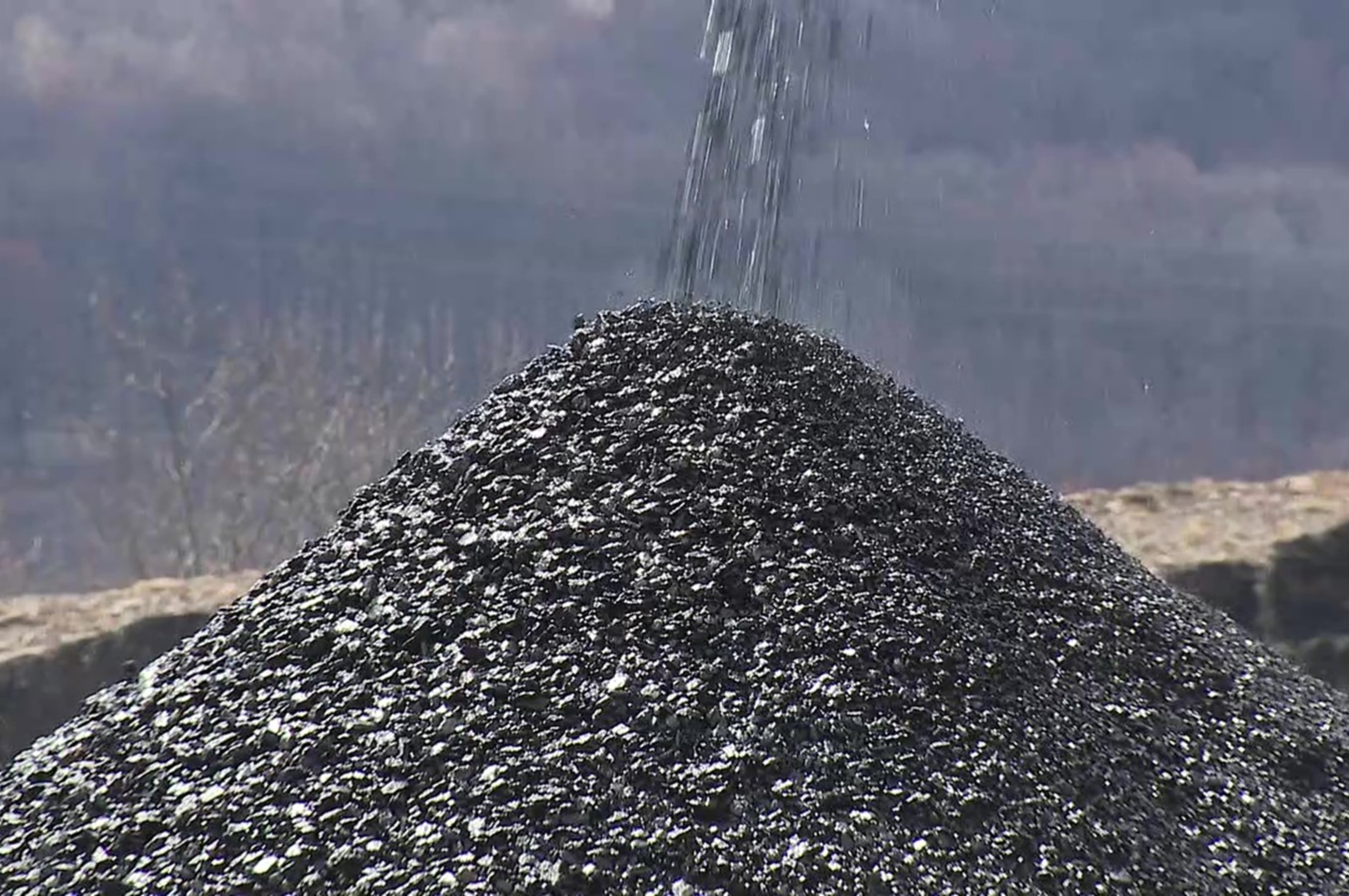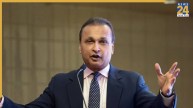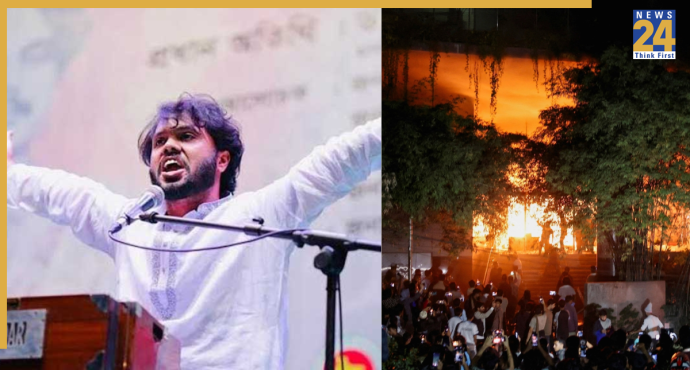New Delhi: The consolidated net profit for the quarter ended September 30, 2022, as announced by Coal India Limited on November 7 increased by 106% to Rs 6,044 crore from Rs 2,933 crore in the same quarter last year.
Sequentially, the earnings decreased 32% from Rs 8,834 crore between April and June.
The state-owned coal producer’s total revenue increased by 28% year over year, from Rs 23,291 crore in the prior quarter to Rs 29,838 crore. Sequentially, the revenue decreased from Rs 35,092 crore in the prior quarter by 15%.
Higher realisations and a slight increase in dispatches compared to previous year helped the result. Due to delivery and manufacturing issues brought on by monsoon rains, income decreased sequentially.
The bottom line for the quarter increased due to the higher contribution from other income and deferred tax credit.
The quarter’s other income increased to Rs 1,761 crore, a 125 percent year-over-year increase and a 77 percent sequential increase. A deferred tax credit of Rs 264 crore was also received by the corporation, compared to a credit of Rs 316 crore during the same period previous year. However, the business had incurred deferred tax expenses totaling Rs 734 crore during the preceding quarter.
The company was able to make savings on a YoY basis in its staff expenses, which were down 470 bps from last year to 36 percent, in terms of expenses as a proportion of revenues. When compared to the same period last year, inventory carrying costs fell by 280 basis points to 4%, while contractual labour costs fell by 230 basis points to 15% of revenues. Power expenditures and other costs associated with corporate social responsibility were also slightly lower YoY.
However, the raw material cost as a percentage of sales increased by 210 basis points (bps) year over year to reach 10%, and the adjustment for stripping activities increased by 220 bps YoY to reach 2% of sales.
Employee costs as a proportion of revenue for the quarter increased by 760 basis points sequentially from 29 percent in the prior quarter. On a sequential basis, the expenses for raw materials and stripping activities increased by 150 bps and 110 bps, respectively. While other costs remained constant, the contract labour cost decreased by 100 basis points from 16 percent.













